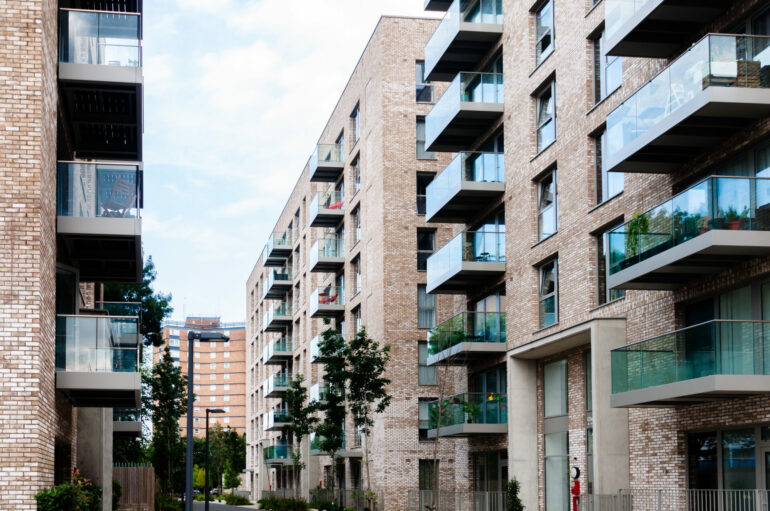Data from Gradual Homeownership provider, Wayhome, reveals that the program has helped over 200 homebuyers across England transition from renting to homeownership since June 2021.
The most significant benefits have been observed in the country’s most inflated property markets, with the average purchase price at £341,862.
Gradual Homeownership offers an alternative for homebuyers at all levels, not just first-time buyers, in contrast to many government buying schemes.
According to Wayhome’s data, 33% of homebuyers using Gradual Homeownership are located in the South East, while the East of England (21%) and London (13%) have also experienced significant interest from those struggling to enter the market.
The average price of a property purchased through Gradual Homeownership is £341,862, which is 16% higher than the average UK house price during the same period. In the North West, the average price of a home bought using Gradual Homeownership is £291,875—42% higher than the regional average.
Homebuyers using Gradual Homeownership are purchasing homes worth above the regional average in Yorkshire and the Humber (31%), West Midlands (24%), East Midlands (20%), and East of England (5%).
Nigel Purves, Co-founder and CEO of Wayhome, commented on the program’s impact, stating, “Gradual Homeownership is really in its infancy at present, but we’ve already helped hundreds of homebuyers begin their journey to homeownership, homebuyers who would otherwise have found themselves resigned to the private rental sector on a permanent basis.
“Gradual Homeownership doesn’t just provide a foot up on the property ladder; it gives homebuyers a considerable boost, whether it’s purchasing in the most expensive areas of the market or purchasing well above the regional average.
“We don’t believe that Gradual Homeownership is the single solution to the current housing crisis, but it’s certainly part of it. For example, where people can afford to buy the home they actually want, in the area they want to live, they should probably be looking at a mortgage first.
“However, for many aspiring homeowners, that simply isn’t an option due to restrictive lending multiples, and this issue has only become worse as interest rates have soared.
“When you also consider the gaping hole left now that Help to Buy has ended, it’s become an increasingly tough landscape for those struggling to make the jump from the rental sector.”



